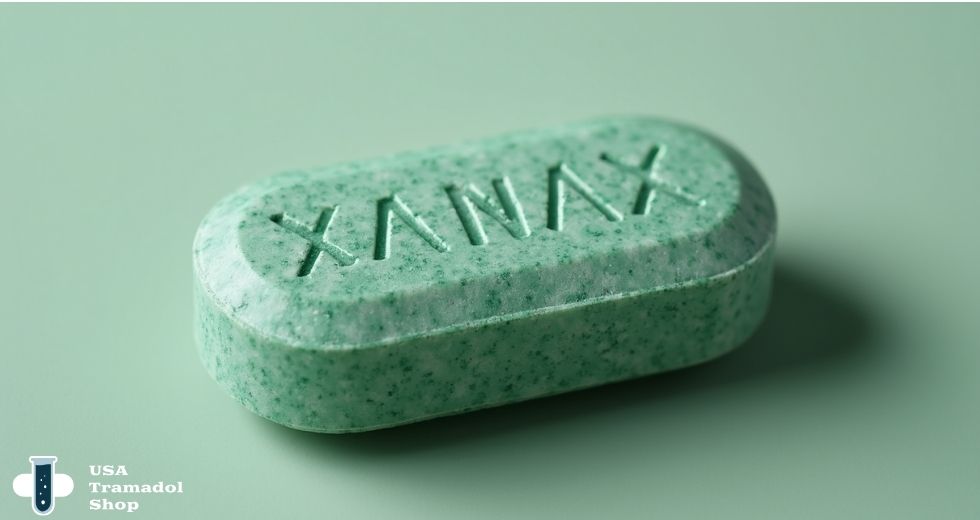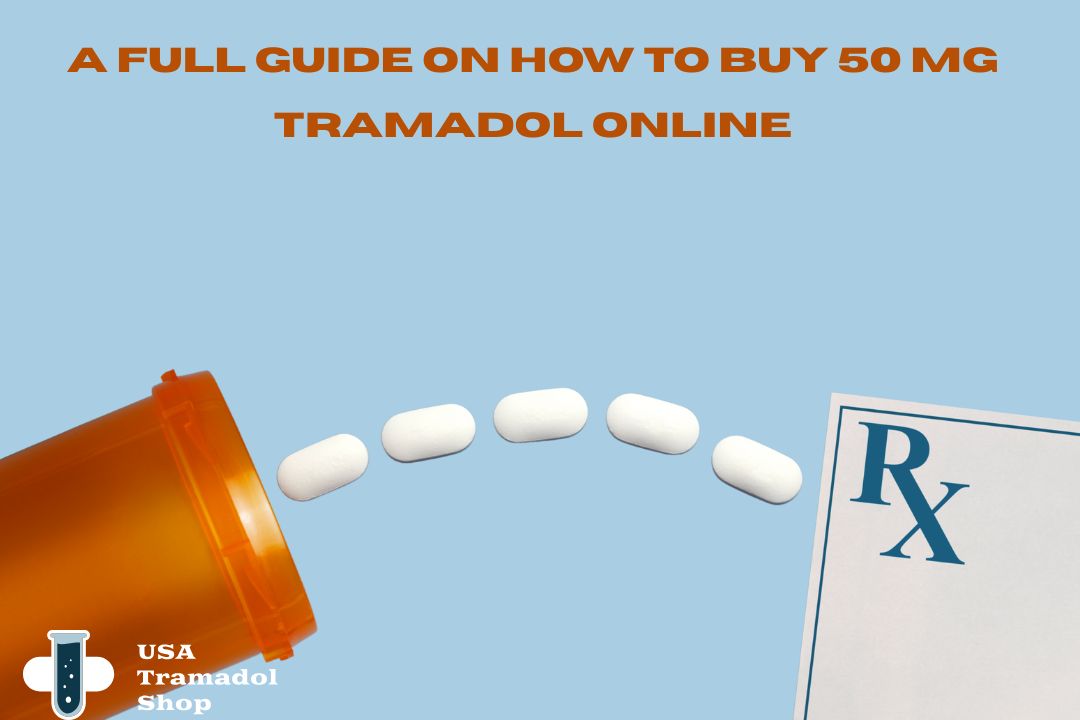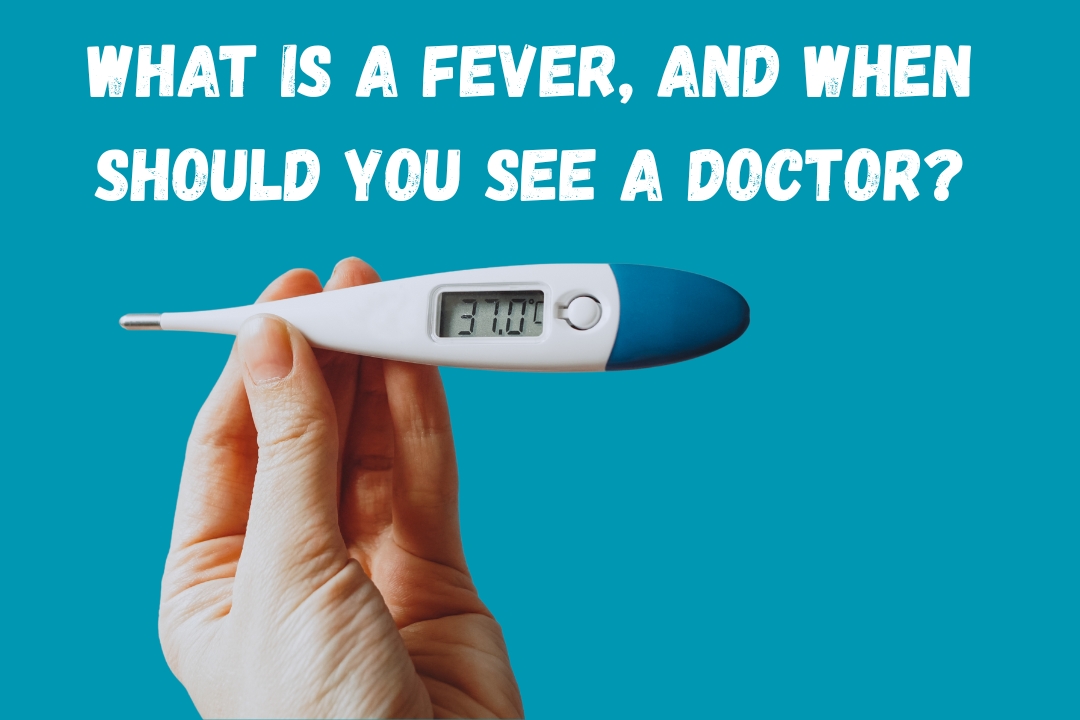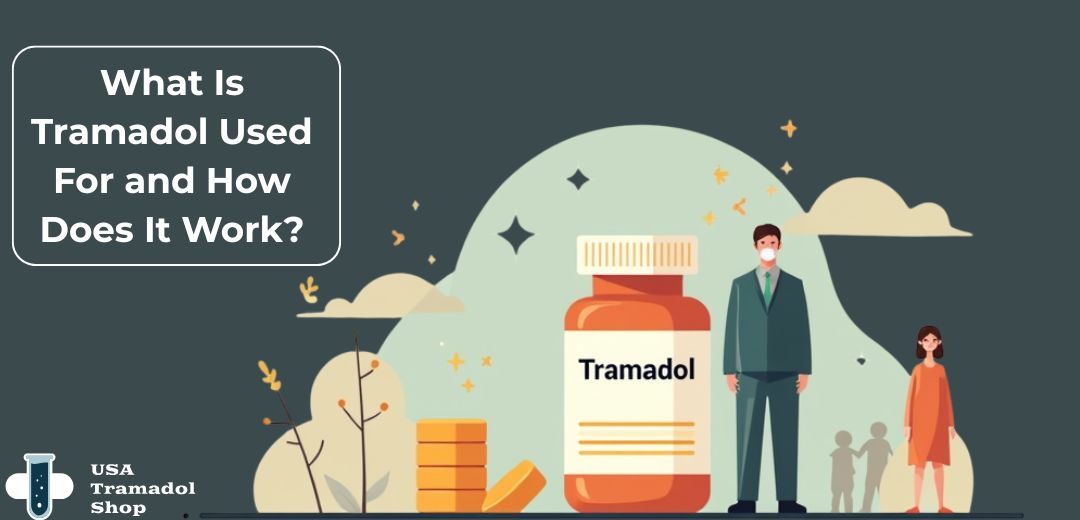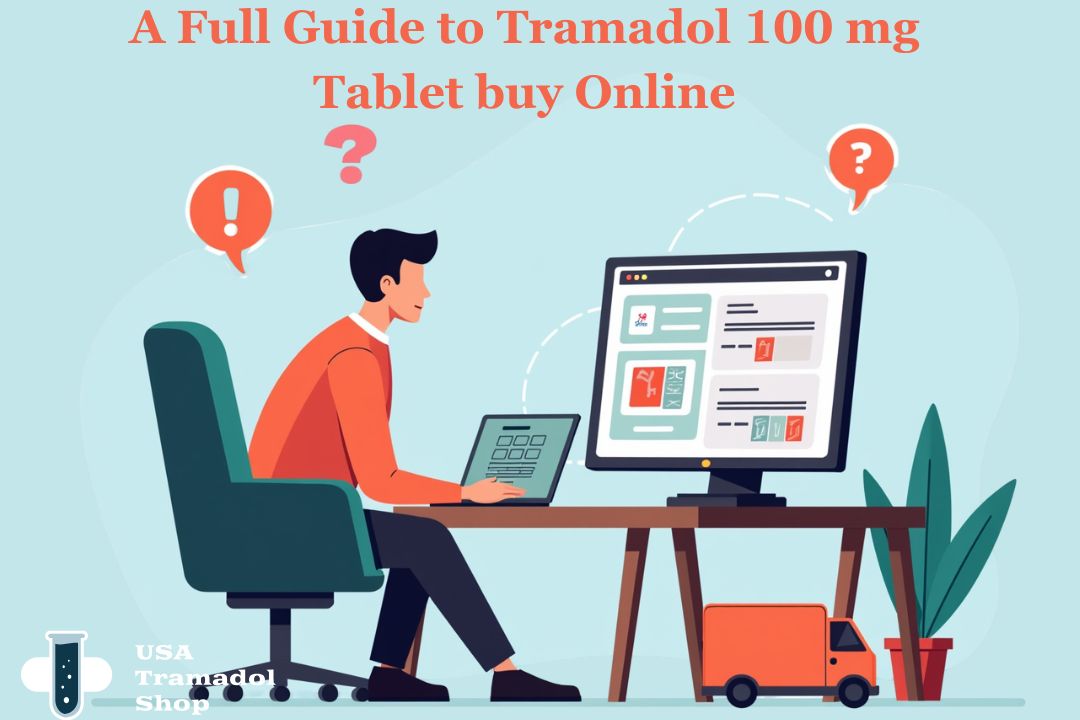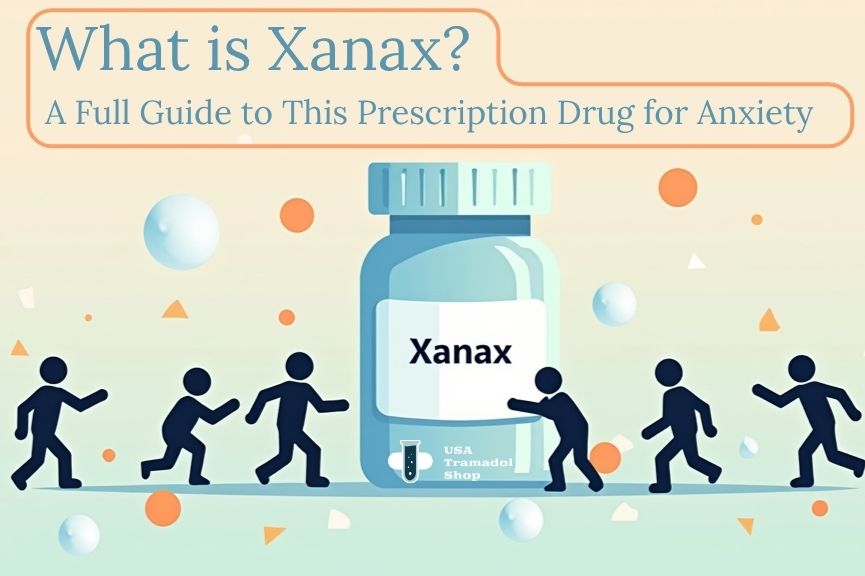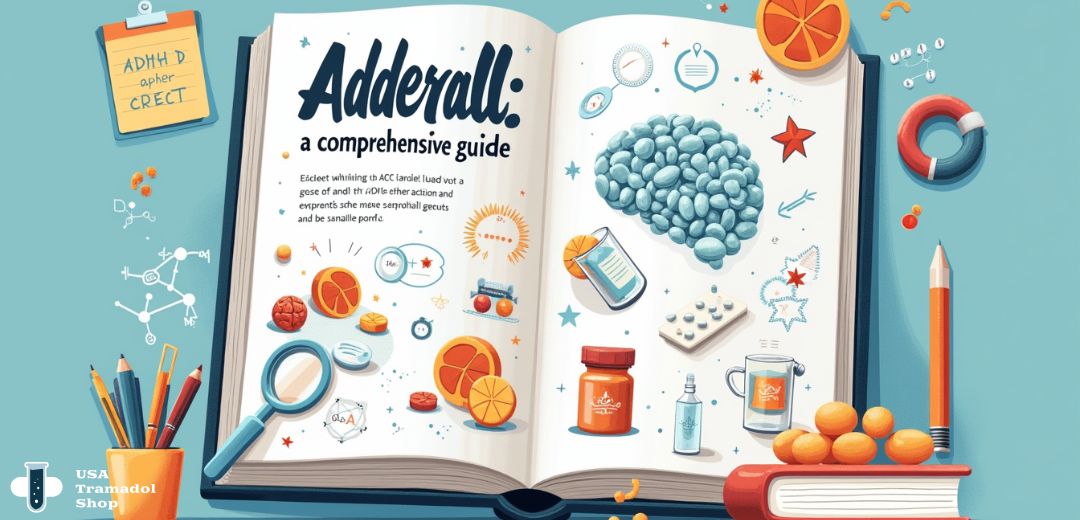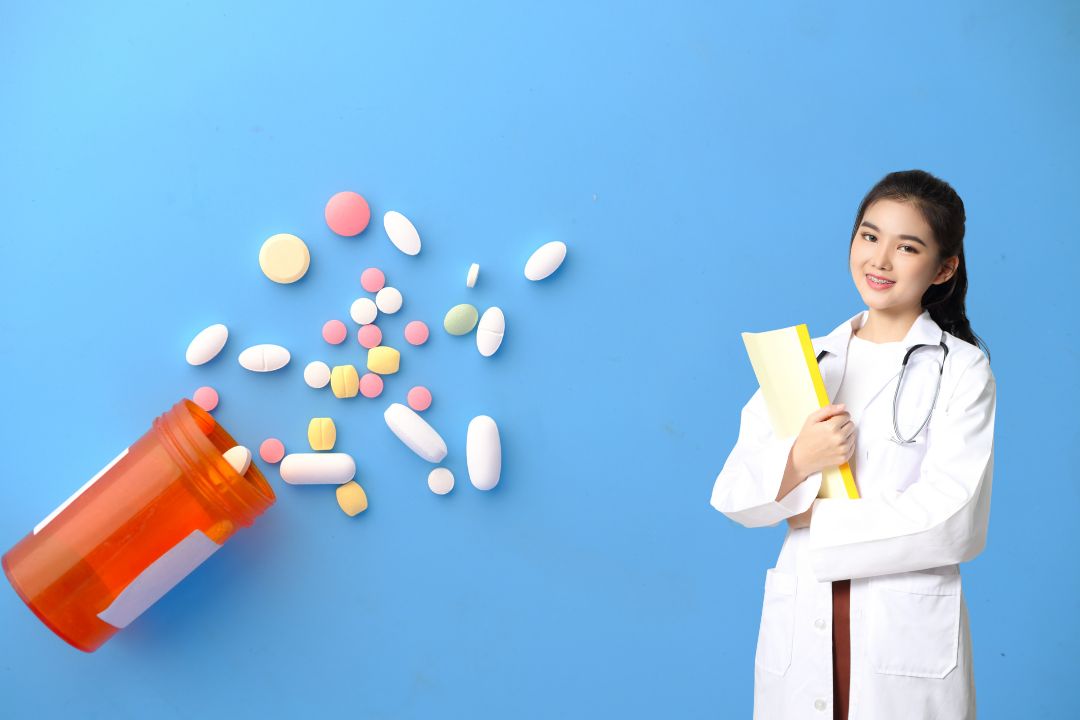What is Adderall and How Does It Work? A Complete Guide to Understanding This ADHD Medication

Dr. Json Patel, MD
Introduction
What is Adderall and how does it work? This complete guide will answer all of your questions about one of the most commonly prescribed drugs for ADHD (attention deficit hyperactivity disorder). Since the FDA approved Adderall in 1996 , it has helped millions of people with ADHD control their symptoms. It is a central nervous system stimulant. If you or someone you care about is thinking about taking Adderall, it’s important to know what it is and how it works.
What is Adderall?
What is Adderall and how does it work in the simplest way? Adderall is a prescription drug that has four different amphetamine salts in it: dextroamphetamine saccharate, amphetamine aspartate monohydrate, dextroamphetamine sulfate, and amphetamine sulfate. These active ingredients work together to make a drug that works very well to treat narcolepsy and ADHD.
This medicine is a type of central nervous system (CNS) stimulant. These medications are stimulants, but they have a strange calming effect on people with ADHD. This helps them focus better and stop acting on impulse. What does Adderall do, and how does it work to do these things? The answer is in how it works in the brain in a way that is different from other drugs.
The History and Development of Adderall
The main ingredient in Adderall, amphetamine, was first made in the 1880s , but it wasn’t until the late 1920s that its therapeutic effects were fully understood. The specific formulation we now know as Adderall came from an older weight-loss drug called Obetrol. In the 1990s, Obetrol was reformulated to treat ADHD.
How Does Adderall Work?
What is Adderall, and how does it work in the brain? Adderall works by raising the levels of certain neurotransmitters in the brain, especially dopamine and norepinephrine. These chemicals are very important for keeping your attention, focus, and control over your impulses.
The Brain Chemistry Behind Adderall
Taking Adderall changes your brain in a number of ways:
- Dopamine Release: Adderall raises dopamine levels in the brain’s reward pathways, which makes you more motivated and focused.
- Norepinephrine Enhancement: This neurotransmitter helps you stay alert and focused.
- Reuptake Inhibition: The drug stops these neurotransmitters from being quickly taken away from synapses.
- Vesicular Release: Adderall also makes neurotransmitters that are stored in cells come out of storage.
What is Adderall, and how is it different from other stimulants? Adderall is different from other stimulants because it has a special mix of amphetamine salts that works in a balanced way to target the brain areas that cause ADHD symptoms.
Types and Forms of Adderall
To know what Adderall is and how it works, you need to know about its different forms:
Adderall IR (Immediate-Release)
- Effects last 4-6 hours
- Taken 1-3 times daily
- Available in multiple strengths
- More flexible dosing schedule
Adderall XR (Extended-Release)
- Effects last 8-12 hours
- Taken once daily in the morning
- Contains both immediate and delayed-release beads
- More convenient for daily management
| Formulation | Available Strengths (mg) | Duration of Effect | Typical Starting Dose (Adults) | Maximum Daily Dose |
|---|---|---|---|---|
| Adderall IR (Immediate-Release) | 5, 7.5, 10, 12.5, 15, 20, 30 | 4-6 hours | 5 mg once or twice daily | 40 mg |
| Adderall XR (Extended-Release) | 5, 10, 15, 20, 25, 30 | 8-12 hours | 20 mg once daily | 30 mg |
| Generic Amphetamine/Dextroamphetamine | Same as brand-name versions | Same as brand-name versions | Same as brand-name versions | Same as brand-name versions |
Medical Uses and Indications
What is Adderall and how does it help with different health problems? Adderall is approved by the FDA for two main conditions:
ADHD Treatment
Adderall is the first choice for treating ADHD in both kids and adults. The medicine helps with:
- Improved focus and concentration
- Reduced hyperactivity
- Better impulse control
- Enhanced task completion
- Decreased distractibility
Narcolepsy Management
For people with narcolepsy, Adderall helps:
- Maintain daytime wakefulness
- Reduce sudden sleep attacks
- Improve overall alertness
- Better quality of life
Dosage Guidelines
What is Adderall and how does it work when taken in the right amount? Dosage varies a lot from person to person, depending on:
Starting Dosages:
- Children (3-5 years): Begin with 2.5 mg daily
- Children (6+ years): Start with 5 mg once or twice daily
- Adults: Typically 5-20 mg daily, depending on formulation
- Extended-release: Usually 20 mg once daily for adults
- Maintenance: Adjusted based on response and tolerance
Most of the time, healthcare providers start with the lowest dose that works and then slowly raise it as needed. What is Adderall and how does it work best? The best dose is the one that gives the most benefit with the fewest side effects.
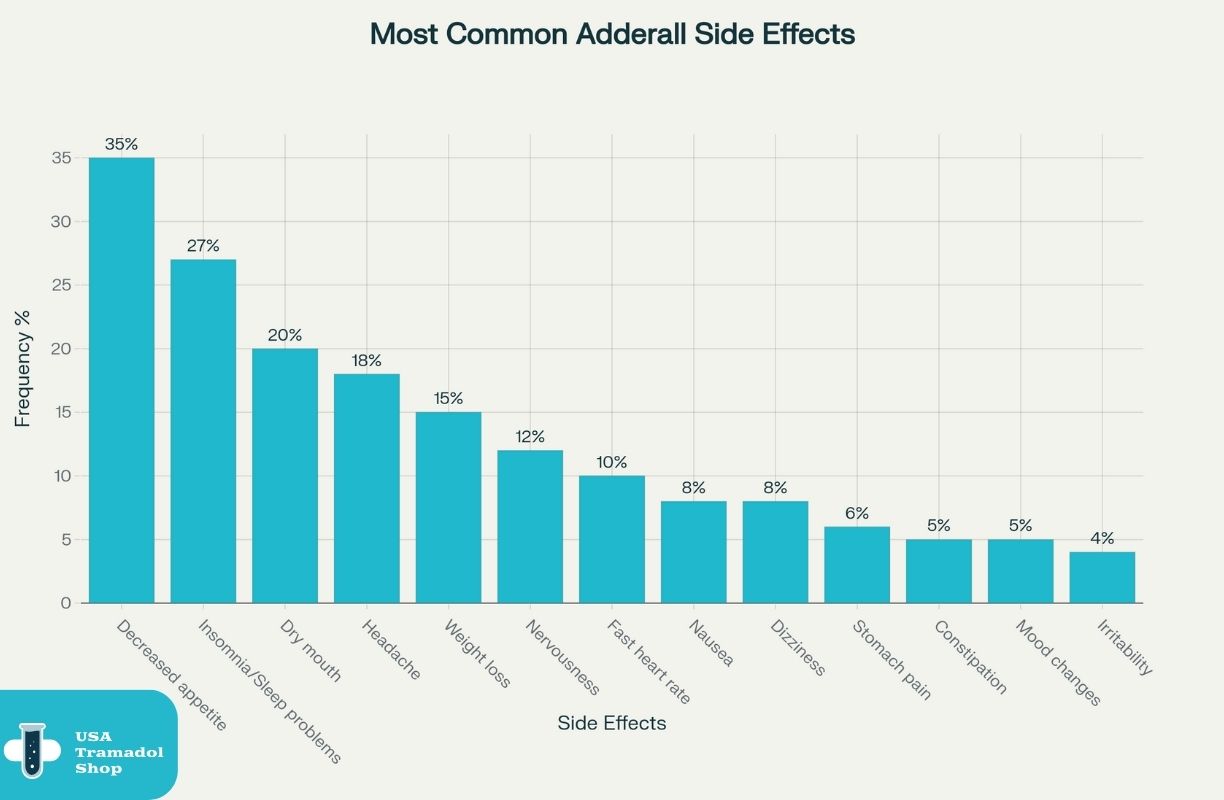
A bar chart showing how often common Adderall side effects happen based on clinical data
Common Side Effects
To know what Adderall is and how it works, you also need to know about possible side effects:
Mild Side Effects:
- Loss of appetite and weight loss
- Dry mouth
- Headache
- Dizziness
- Trouble sleeping (insomnia)
- Nervousness or anxiety
- Increased heart rate
- Mood changes
Serious Side Effects:
- Heart problems (increased blood pressure, irregular heartbeat)
- Mental health changes (mood swings, aggression, psychosis)
- Growth suppression in children
- Seizures (rare)
- Circulation problems
- Allergic reactions
Important Safety Considerations
What is Adderall and how does it work in a safe way? There are a few important safety measures that must be followed:
Contraindications
People who have these conditions should not take Adderall:
- History of drug abuse or addiction
- Heart disease or high blood pressure
- Hyperthyroidism
- Glaucoma
- Severe agitation
- Recent MAOI use (within 14 days)
Drug Interactions
Adderall can affect a lot of other drugs, such as:
- Antidepressants (SSRIs, SNRIs, MAOIs)
- Blood pressure medications
- Antacids and acid reducers
- Seizure medications
- Other stimulants
Addiction and Dependence Risk
What is Adderall and how likely is it to be abused? Because it can be abused and cause dependence, Adderall is a Schedule II controlled substance. Addiction can show up in these ways:
- Taking larger doses than prescribed
- Unable to function without the medication
- Continuing use despite harmful consequences
- Seeking multiple prescriptions
- Using non-prescribed methods of administration
Conclusion
What is Adderall and how does it work? When taken correctly under medical supervision, Adderall is a strong and effective drug for treating ADHD and narcolepsy. Its special mix of amphetamine salts works by raising levels of important neurotransmitters in the brain, which helps with focus, attention, and impulse control.
To make smart choices about ADHD treatment, you need to know what Adderall is and how it works. The medicine can be very helpful for some people, but it also has a lot of risks, such as the possibility of abuse, side effects, and drug interactions.
If you’re thinking about taking Adderall, talk to a qualified healthcare professional who can help you figure out if it’s the right medication for you. They can help figure out the right dose, keep an eye out for side effects, and make sure the treatment is safe and works.
FAQs
Sources
4 sources- FDA-Approved DrugsSource link
- Dextroamphetamine and Amphetamine: learn about side effects, dosage, special precautions, and more on MedlinePlusSource link
- Dextroamphetamine and amphetamine (oral route)Source link
- Drugs, substances, and certain chemicals used to make drugs are classified into five (5) distinct categories or schedules depending upon the drug’s acceptable medical use and the drug’s abuse or dependency potential.Source link

